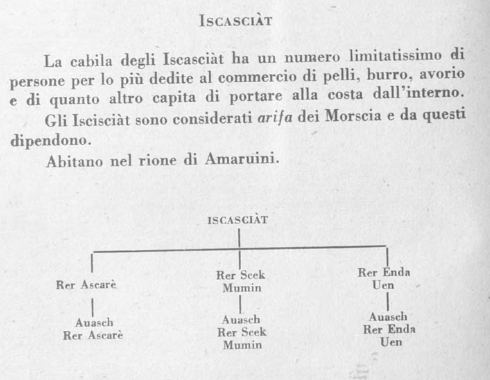Come to think of it, that is likely what he meant and the western translator probably got it confused. No way they were Shafi'i and and Shia, as far as I know. He probably meant they were Sufis. He describes their country as stretching from Saylac in the north down to around Xamar in the south and that the people are black-skinned and herd camels and sheep, obviously Somalis. He calls the land "Bilad al-Barbara" like other Arabs and Islamic chroniclers of around his time. I believe some others like al-Idrisi give the same mapping and generally extend Bilad al-Barbar down to the mouth of the Jubba. What was beneath was "Bilad al-Zanj" ("Swahili coast").
I mean we already know through linguistics, genetics and the local chronicles and oral histories but if you ever encounter some fool claiming the Koonfur coastal cities were "Swahili" feel free to point this out to them. They were not ever considered part of the Swahili coast and were particularly Cushitic Somaloid (Hawiye, Raxanweyn, Ajuuraan, Tunni and later Bimaal) in terms of native elements.
This is why I get so angry at Somalis for not documenting their own history and if they did, not maintaining the records. We are always relying on foreigners who could make all sorts of mistakes, innocently or on purpose.



